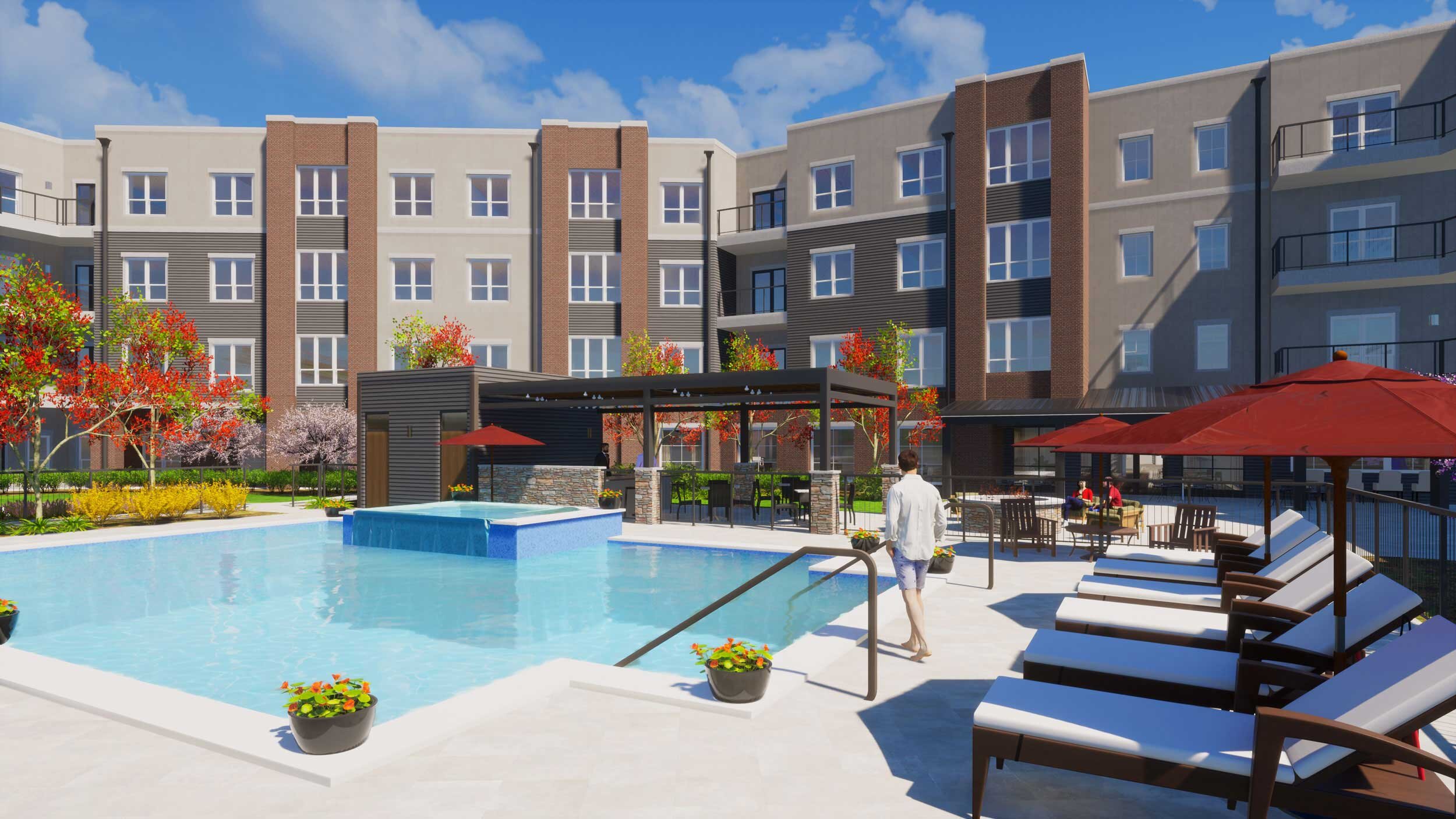The Business of Senior Living Wellness: The New Normal is Action-Packed
The COVID pandemic has made it clear that wellness is no longer an option for senior living communities. Residents will expect it, even demand it.
“Research on healthy aging shows that seniors who embrace wellness as part of everyday life receive significant benefits,” says Greg Hunteman, AIA, President of Pi Architects. “Communities that focus on integrating all the dimensions of wellness throughout their organizations can have a significant impact on the residents and families they serve.” At least one survey of senior living CEOs and upper-level managers shows that the vast majority (90%) agree and see providing lifestyle/wellness programs as an important business growth strategy.
“I want people to realize that there is a new normal. We’re seeing older people do things once though to be just for the young. We have an opportunity to help fill this expectation gap and meet patients/consumers where they are,” suggests Colin Milner, founder and CEO of the International Council on Active Age.
Speaking at a national conference earlier this year, Milner said, “We have greater human potential than ever before. We need to realize, embrace, discover, and utilize it. We need to consider: What do we do to help our residents embrace their human potential and be active and engaged at any age?” He observed, “We are seeing changes in attitudes from our seniors themselves. They don’t see themselves as old, and they want to embrace their potential.” This doesn’t mean running marathons or writing the great American novel, he suggested, but seniors want to be “engaged in life at the time and moment.”
Milner’s organization suggests some benchmarks for wellness in senior communities. These include:
Residents are engaged and satisfied with the community’s wellness program.
Wellness participants live in the community longer than other residents.
Participants in wellness programs enjoy a high quality of life.
Participating in the wellness program increases resident satisfaction.
Wellness participants subjectively rate their health very highly.
Wellness programs attract new residents and add value.
Educated wellness staff encourages resident satisfaction.
Senior living community programming trends that support these benchmarks include:
Education and lifelong learning.
Exercise.
Mental and physical health education and disease management.
Education and hands-on learning regarding food and nutrition.
Intergenerational programs.
Professional purpose (the ability to continue working or volunteering on a professional level).
Several design elements will be key to creating the wellness-focused world that seniors will expect in the coming months and years.
These include:
A tech-friendly environment. Units will need 5G capability and ports/outlets everywhere. A community tech room with a large screen TV, state-of-the-art sound system, comfortable seating, and other amenities where residents can hold virtual meetings, parties, and reunions will be a must. Residents will want to take their tech outside, so decks and patios will need outlets and bandwidth as well. Onsite tech support may not be feasible, but it will be helpful to have staff with some technical knowledge or outside experts on call. Consider the possibility for onsite tech stores or pop-up tech fairs where residents can buy products, seek upgrades, get advice, and ask questions.
Safe socialization spaces. Party rooms and dining areas will need to be designed in a way that enables people to gather safely. This will mean socially distant tables/seating, outdoor access, and a move away from buffet dining. Visitation rooms that offer safe, physically distant get togethers with family and friends will become more common. These will need to be comfortable with plush seating and decor that mimic residents’ homes.
Amenities for working residents. Business centers, office and workshop spaces, fully equipped art studios, and other offerings will be key for residents who want or need to continue working.
Access to outdoors. The pandemic has shone a light on the value of the outdoors for mental and physical wellbeing. Residents will want beautiful, convenient, safe paths, parks, courtyards, and gardens. They will want public amenities such as dog parks, outdoor cafes, and gardens as well as private ones such as patios, fenced yards, and balconies.
Of course, numerous practical considerations will need to go into your decisions about where to focus your time, energy, and budgets. Who will pay for changes, what will they cost, and what is the ROI? What training or maintenance will be necessary? How will these changes attract and keep residents? What safety risks/concerns will we need to consider? How will these changes support residents’ personal health/wellness goals? How do these align with your organization’s goals and mission?
“Change is afoot,” said Milner. Part of this involves a move to help people age well. Toward this end, he said, “We’re creating new rules and a demand for new products and programs. We are in a new time; and as we look forward, we need to question where there are opportunities and build models to address them.”
Pi has long been committed to promoting wellness in our company and in the senior living industry. Contact us at (512)231-1910 or here to help you make the most of your external and internal spaces and community design to maximize wellness.



















